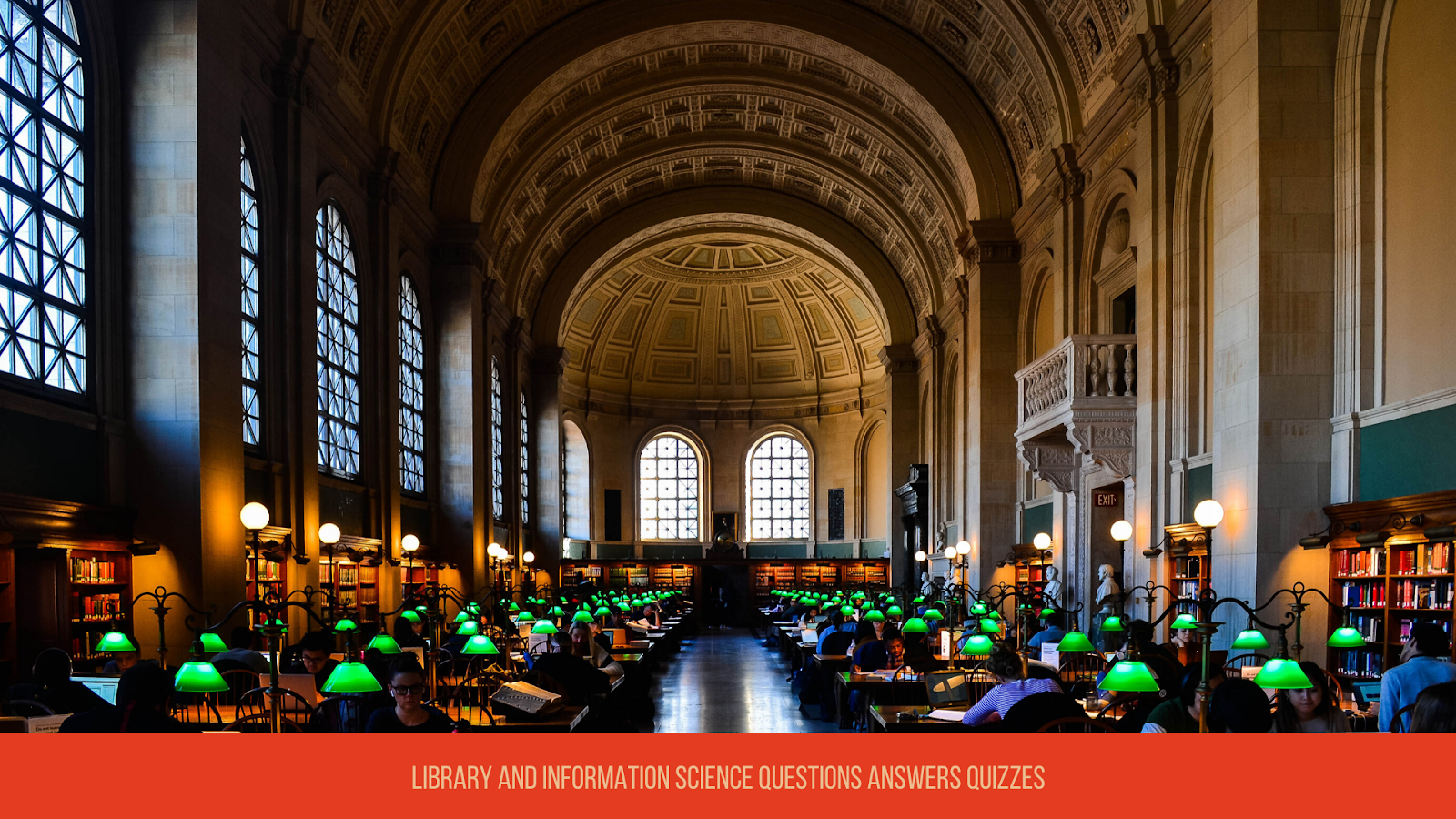QUESTION
Complete Cutter's "objects" of the catalog. Fill in the Blanks.
To enable a person to ________ a resource of which the ________, title, or ________ is known.
To show what the library has by a given ________, on a given ________, or in a given ________ of literature.
To enable a person to ________ a resource of which the ________, title, or ________ is known.
To show what the library has by a given ________, on a given ________, or in a given ________ of literature.
ANSWER
To enable a person to Find a resource of which the Author, Title or Subject is known.
To show what the library has by a given Author, on a given Subject, or in a given Kind of literature.
To show what the library has by a given Author, on a given Subject, or in a given Kind of literature.
Cutter's Objectives of the Catalog are:
To enable a person to Find a resource of which the Author, Title or Subject is known.
To show what the library has by a given Author, on a given Subject, or in a given Kind of literature
CUTTER'S OBJECTS OF THE CATALOG (1876)
1. To enable a person to find a book of which either:
(a) the author is known
(b) the title is known.
(c) the subject is known
2. To show what the library has:
(d) by a given author
(e) on a given subject
(f) in a given kind of literature
3. To assist in the choice of a book:
(g) as to its edition (bibliographically)
(h) as to its character (literary or topical)
1. To enable a person to find a book of which either:
(a) the author is known
(b) the title is known.
(c) the subject is known
2. To show what the library has:
(d) by a given author
(e) on a given subject
(f) in a given kind of literature
3. To assist in the choice of a book:
(g) as to its edition (bibliographically)
(h) as to its character (literary or topical)
The shared vision of information organization has been guided by principles. One of the most influential is Charles Cutter’s “Objects of the Catalogue,” first published in 1876 in his Rules for a Printed Dictionary Catalogue. He discussed what we expect our retrieval tools to do. If we look closely, we can see that subject and genre/form access were considered by Cutter to be important functions of the catalog.
The first object (or Objective) is to be able to find a resource if the name of the creator, or the title, or the subject of the resource is known. This finding function insists that the catalog provide access to individual resources in a collection.
The second object is the collocation or gathering function. It states that users should be able to retrieve not only a single resource, but to discover all resources related to a creator, a subject, or in a particular genre or form of material.
The second object is the collocation or gathering function. It states that users should be able to retrieve not only a single resource, but to discover all resources related to a creator, a subject, or in a particular genre or form of material.
The third objective reflects a selection function. It means that users should be able to choose a resource that best fits their needs, based on either its bibliographic characteristics (such as language or format), or as to its subject-related or genre/form characteristics. Cutter’s definition of the catalog has stood the test of time, but it has been updated and expanded over the years.
SEE ALSO
- Charles Ammi Cutter’s Objects of the Catalogue (or Objectives of the Library Catalog)
- Library and Information Science Questions Answers Quizzes
REFERENCES
1. Janis L. Young and Daniel N. Joudrey, Library of Congress, "Library of Congress Subject Headings: Online Training,"
https://www.loc.gov/catworkshop/lcsh/index.html (accessed March 17, 2020).
1. Janis L. Young and Daniel N. Joudrey, Library of Congress, "Library of Congress Subject Headings: Online Training,"
https://www.loc.gov/catworkshop/lcsh/index.html (accessed March 17, 2020).
CITATION INFORMATION
Article Title
- Complete Cutter's "objects" of the catalog
- Librarianship Studies & Information Technology
URL
- https://www.librarianshipstudies.com/2020/03/complete-cutters-objects-of-catalog.html
Last Updated
- 2020-03-17
Original Published Date
- 2020-03-17
FEEDBACK
- Help us improve this Library and Information Science quiz article! Contact us with your feedback. You can use the comments section below, or reach us on social media.


